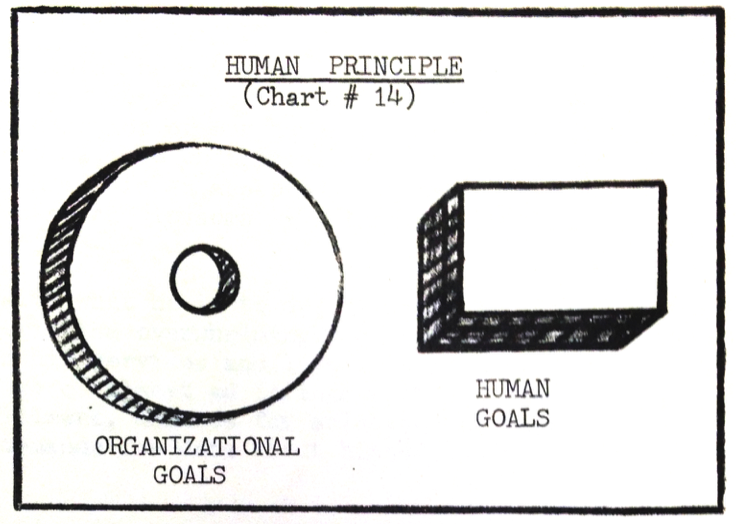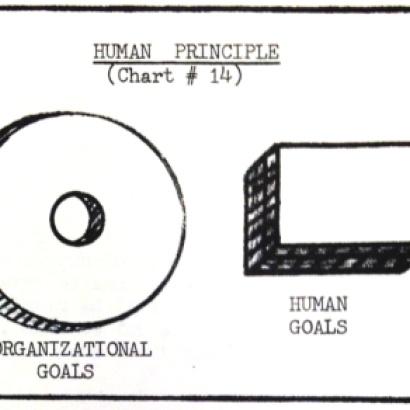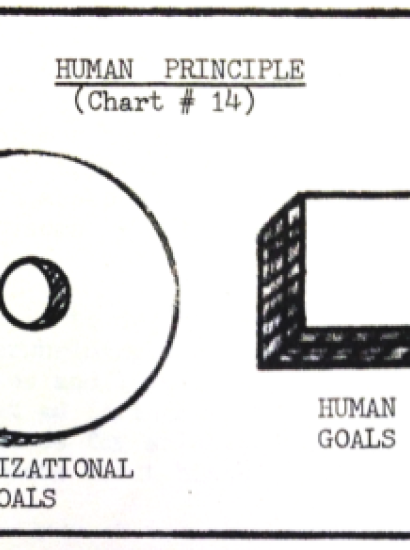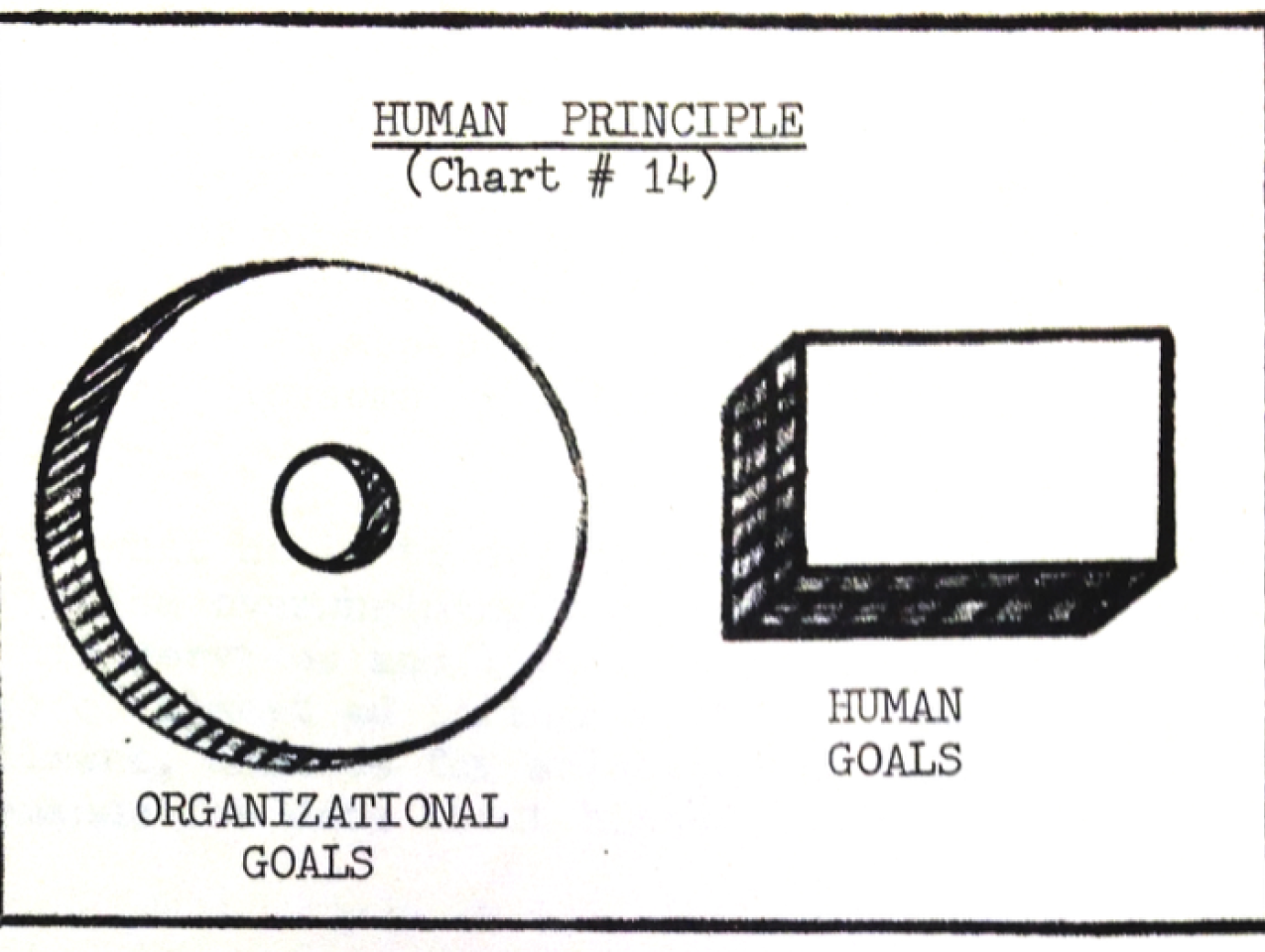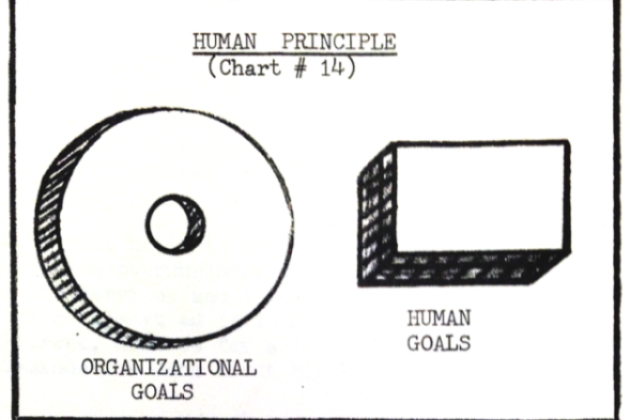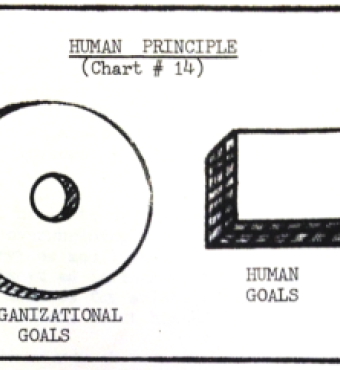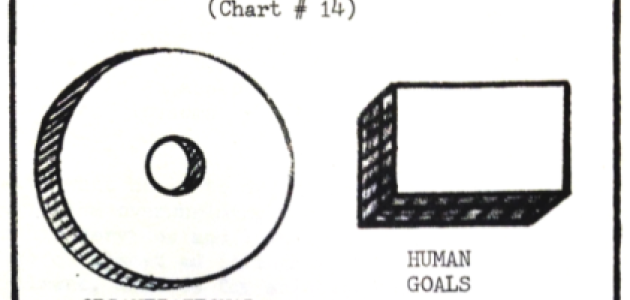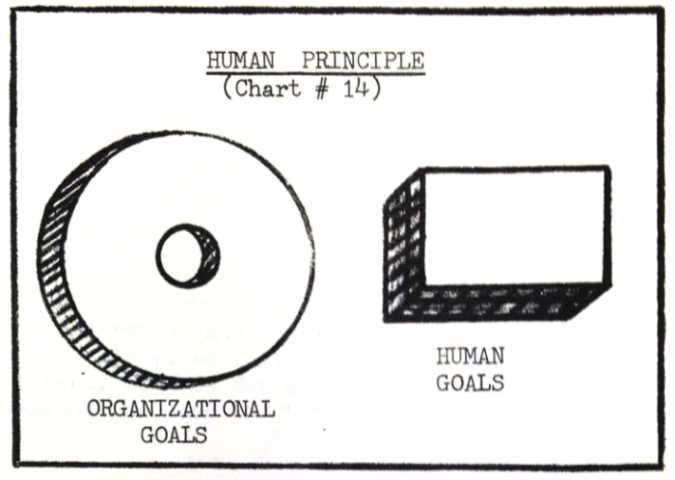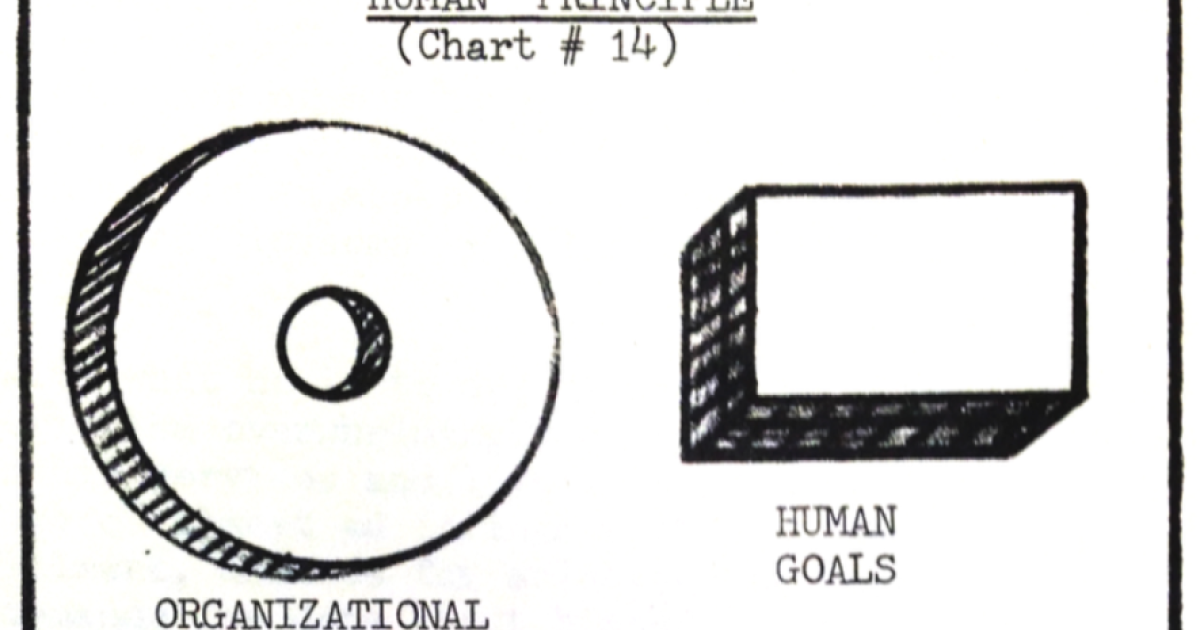By A.J. Murphy
Recognizing the permanence of the new national security state after the Korean War, defense leaders turned to the private sector for insight in how to manage it more efficiently. My dissertation examines the exchange of management expertise between the military and private sector during the Cold War period, uncovering the consequences and conflicts that resulted. The defense establishment recruited civilian business leaders—most notably Secretary of Defense Robert S. McNamara—and even encouraged military officers to get MBAs. These business-savvy defense managers initiated a wide range of reforms, from financial inventory accounting systems that made managers account for materials, weapons systems, and labor in dollar terms to “work measurement” systems more ambitious than many private industry attempts at scientific management. By the end of McNamara’s tenure in 1968, the Defense Department had been reorganized in the image of a large industrial corporation, functionally organized and quantitatively controlled.
My research in government archives has shown me the bureaucratic side of this story; thanks to the generous support of the Silas Palmer Fellowship and the Hoover Institution Archives staff, I got to see it from the perspective of a defense manager. The papers of Colonel John J. Bennett detail his work in the Air Force and the Department of Defense in personnel and systems management, as well as his activities as a management consultant specializing in the defense acquisition process. Bennett’s career exemplifies the defense establishment’s tight relationship with private business in terms of supply, personnel, and techniques. While working in various Air Force staff positions in the 1960s, Bennett was also enrolled in a doctorate program in business administration at George Washington University. He actively worked to bring what he learned in business school—like systems theory and human relations concepts—to the administration of the Air Force.
Bennett presented the image shown here in a 1968 briefing on the applicability of systems theory in the Air Force. He prepared the presentation for his boss, Lieutenant General Horace M. Wade, the Air Force Deputy Chief of Staff for Personnel, who was responsible for policy on recruiting, manpower planning, and training. Based on Bennett’s notes it appears that the diagram represented the chasm between “human goals” and “organizational goals.” Reconciling the two could be as hard as fitting a square peg in a round hole, but was also crucial for mission accomplishment. Bennett outlined a “human concept” that he wanted the Air Force to adopt in its personnel functions that he called a “people development approach.” Taking cues from contemporary management theory, he recommended that the Air Force adopt participative management and become more aware of informal organization. These steps would hopefully produce “a much more satisfied individual”: an employee who felt aligned with, and thus promoted, the purpose of the organization as a whole.
Bennett’s story shows the sincere interest that military leaders had in what have been termed “human relations” and “enlightened” management theories. Rooted in humanistic psychology, these models of organization rejected the mechanistic worldview of Taylorism and strict hierarchies of authority—a surprising approach for military managers to adopt. While it may seem even more incongruous that military officials were studying the psychology of self-actualization during the bloodiest year of the Vietnam War, it was just this conflict and public responses to it that put pressure on the defense establishment to change its ways. After the failure in Vietnam, military leaders struggled with public disapproval, disruption of their labor supply with the end of the draft, and reduced budgets. A new generation of defense managers came to conclude that the main problem with the military as an organization was not a lack of information or controls, but an excess of them. They advocated market-inspired experiments in decentralized decision-making, simulated “buyer-seller” relationships between military activities, and privatization. The impact of these management techniques reached beyond the defense sector, in itself a significant share of the postwar state and national economy. A number of administrative procedures that originated in the military would go on to be adopted throughout the federal government. In the 1970s, Bennett moved between jobs in consulting and the Pentagon and closed out the decade as the head of a new organization responsible for the professionalization of contracting personnel throughout the federal government. The history of military management, then, might be key to understanding the changes that the American state underwent in the late 20th century.




